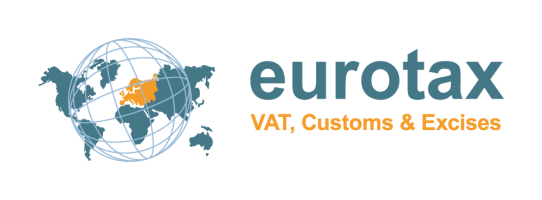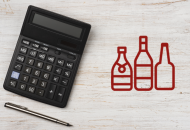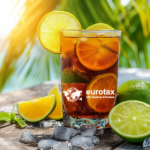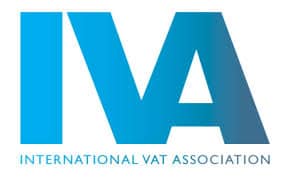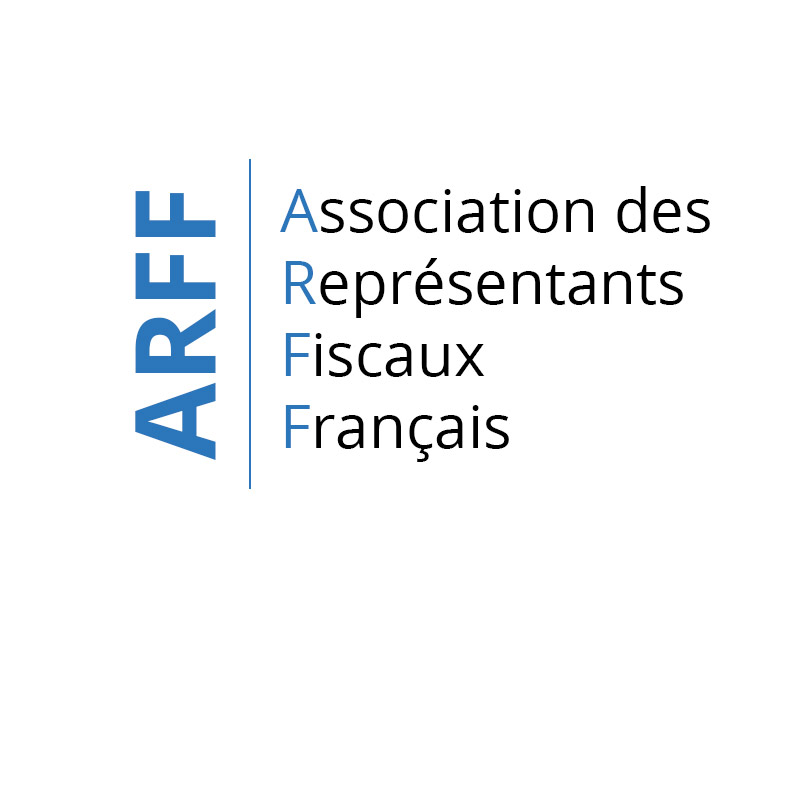In this article we will discuss the rate regime applicable to foodstuffs for VAT in France, namely that there is a distinction between products intended for:
- Human food;
- Animal food;
- For agricultural use.
Products intended for human consumption
Principle: Application of the reduced rate of 5.5%
Concerns 3 categories, defined at the European level:
- Deliveries of foodstuffs intended for human consumption;
- Products normally intended for the preparation of these foods (“inputs”);
- Products normally used to supplement/replace these foodstuffs.
Exception: Application of the reduced rate of 10%
- On takeaway/delivery sales when preparing for immediate consumption
- Sale for on-site consumption (see Catering service)
Exception : certains produits sont exclus par principe cf. Produits de confiserie, certains chocolats, le caviar, les margarines et graisses végétales, les boissons alcooliques = taux 20%
Exception: specific regime for medicines
- Rate reduced to 5.5%, eligibility conditions set by the EU
- Foodstuffs for human consumption (and similar products): to meet this criterion, there must be a nutritional function, in the broad sense of the term.
- Exclusion of products containing nutrients not intended to be consumed as such by humans.
- Unless used in the preparation of said foodstuffs.
Production inputs
- Those which do not constitute finished products consumable directly by man
- Those which have no nutritional function but can be added to foods (see food additives)
- Exception: food products for animals, when said animals are inputs into the production of human food but its possible to benefit from rate 5.5 => see BOI-TVA-LIQ-30-10-20
- Definition of “normality” of the destination of products:
- To benefit from the reduced rate, it is necessary to establish the “normal” destination of the product/inputs.
- For the CJEU, “Products which, habitually and generally, are intended to enter the human food chain” meet this condition.
- Definition in abstracto (in a general, habitual and impersonal manner) and at the time of the generating event and then not called into question:
- This means that if the destination of the product subsequently changes, the reduced rate is not called into question.
- See examples on bofip
Products intended for animal feed
Principe : Application du taux réduit de 5,5%
Concerned :
- Deliveries of foodstuffs intended for animal consumption WHEN they themselves are intended for human consumption;
- Products normally intended for the preparation of these foodstuffs
- Products normally used to supplement/replace these foodstuffs
Exclusion: foodstuffs intended for pet food = rate 20%
- Exclusion criterion: the animal is itself a producer of food intended for human consumption.
- That is to say, intended for human consumption regardless of actual use.
- Voir §40 _ liste des animaux concernés produites
- We then find the EU criteria of:
- Nutritional function for the animal
- “Normal” destination of the product/inputs: here, it is to enter the animal food chain.
- Products likely to enter the animal food chain (see §70 et seq.):
- Raw materials
- Compound foods
- Additives
- Premixes
- Veterinary drugs and medicated feed
Products for agricultural use
What are the activities involved in agricultural production: they are listed in Annex VII of Council Directive 2006/112/EC of November 26, 2006 relating to the common system of value added tax.
3 different rate categories for inputs:
- Inputs of agricultural, fishing, fish farming or poultry origin: 5.5%
- Understood in the broad sense, these are all products of the animal kingdom and the plant kingdom, living or dead, transformed or not, resulting from these productions.
- Certain fertilizer materials: 10%
- Residually, for other agricultural inputs: 20%
Key points :
For VAT in France; the rate regime applicable to foodstuffs: The “normal” destination of the product/input determines the VAT rate.
Human food: existence of a nutritional function.
Animal feed: the animal must be intended for human consumption.
Agricultural use: list of activities in Annex VII of Directive 2006/112/EC.
In summary :
- 5.5% for most food and pet products that feed the animals you eat.
- 10% for some prepared food products.
- 20% for exceptions (alcoholic beverages, confectionery, pets, agricultural equipment).ole).
Do not hesitate to contact us for more information on VAT in France, you can also visit our page dedicated to representation and tax mandate in the EU.
